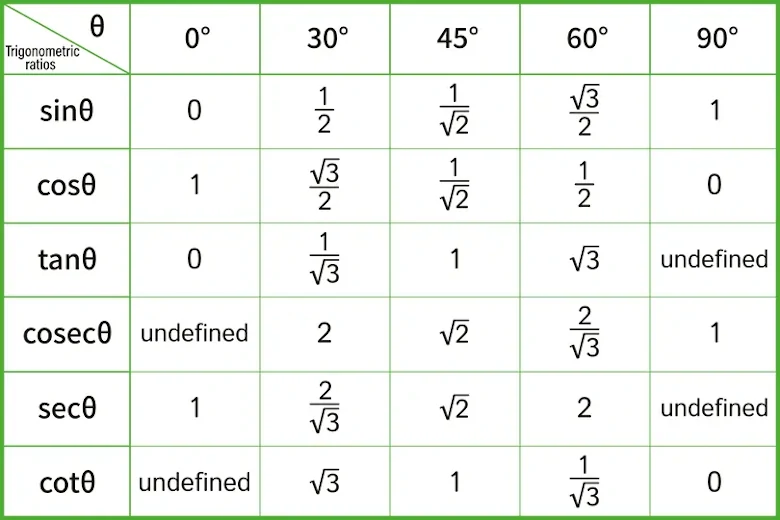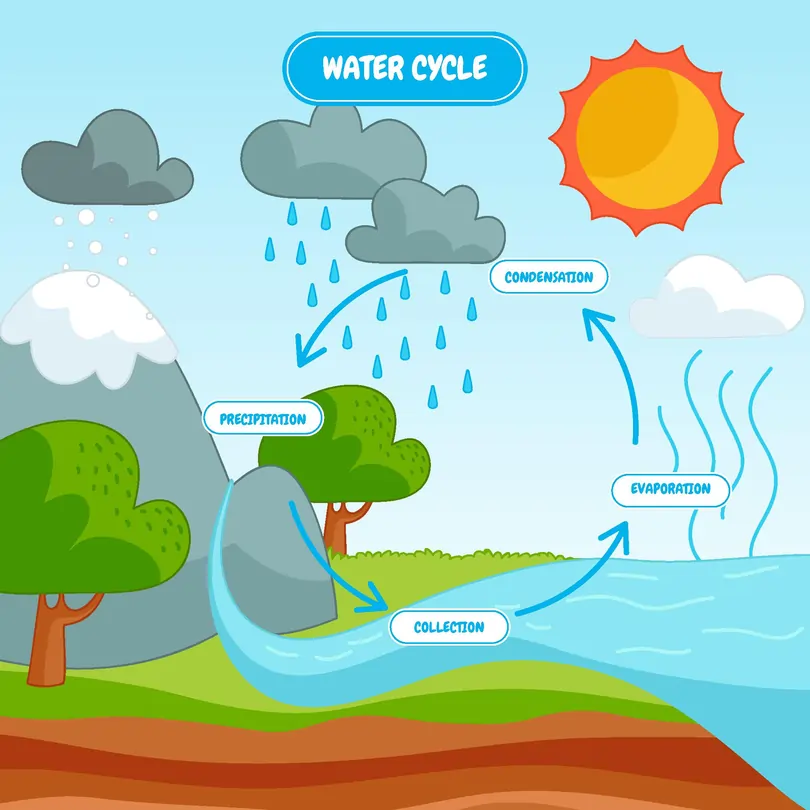What is a Metaphor: Definition & types of Metaphors you need to know

'Her laughter was a bubbling brook, filling the room with joy.'
'The world is a stage, and all the men and women merely players.'
'His heart was a stone, unmoved by her words.'
Metaphors are beautiful.
When used well, you can conjure up imageries that throw your readers into a fit of giggles or a valley of despair with just a few words.
In this article, we'll take a closer look at what exactly is metaphor, what're the different types of metaphors, and how you can use them to make your writing sparkle.
What is a Metaphor
A metaphor is a figure of speech that involves making a direct comparison between two seemingly unrelated things. It’s used to describe one thing by equating it with something else, often to create a vivid or symbolic representation.
For example, if someone says, ‘time is money’, they are using a metaphor to convey the idea that time, like money, is a valuable and limited resource that should be used wisely. By using a metaphor, the result is a much more powerful imagery than ‘time is important’.
Unlike a simile, which uses ‘like’ or ‘as’ to make a comparison, a metaphor implies a direct connection between the two things. You can find metaphors in literature, poetry, and everyday language.
Common examples of metaphors
Here are some common metaphors you may have come across:
Eg. Time is money
Suggests that time, like money, should be used wisely because it's valuable and limited.
Eg. Judas is a snake in the grass
Suggests that Judas is deceitful or untrustworthy, like a hidden snake waiting to strike.
Eg. Susan is a ray of sunshine
Suggests that Susan is someone who brings happiness and positivity to others, just like the way sunshine brightens the day.
Eg. The world is your oyster
This metaphor implies that one has endless opportunities and possibilities in life, like a pearl inside an oyster.
Eg. Life is a rollercoaster
Used to convey that life has its ups and downs, like the thrilling twists and turns of a rollercoaster ride.
Eg. She has a heart of gold
Used to describe someone who is kind and generous, comparing their heart to a valuable and pure metal.
Eg. The classroom was a zoo
Used to humorously describe a chaotic and noisy classroom environment.
Eg. His temper is a volcano
Suggests that someone's anger can erupt suddenly and with great intensity, like a volcanic eruption.
Types of metaphors
#1 Direct metaphors
Direct metaphors, also known as simple or implicit metaphors, are figures of speech that make a straightforward and explicit comparison between two things, often using the word ‘is’ or other linking verbs. Unlike indirect or implied metaphors, direct metaphors explicitly state that one thing is another, emphasising the similarity between the two elements.
Eg. Love is a battlefield.
In this metaphor, love is directly compared to a battlefield, emphasizing the idea that love can involve struggles, conflicts, and challenges.
Eg. The city is a concrete jungle.
In this metaphor, the city is directly likened to a concrete jungle. It conveys the idea that urban life can be as complex, competitive, and challenging as a jungle environment.
Eg. His ideas are a breath of fresh air.
In this metaphor, the person's ideas are directly compared to a breath of fresh air, implying that they are innovative, rejuvenating, and much-needed in a particular context.
#2 Implied metaphors
Implied metaphors, also known as hidden or indirect metaphors, are a type of metaphor where the comparison between two unlike things is not explicitly stated. Instead, the comparison is implied or suggested, allowing the reader or listener to make the connection indirectly. Implied metaphors can add depth and complexity to language and can be found in literature, poetry, and everyday conversation.
Eg. The classroom buzzed with energy.
In this example, the implied metaphor is that the classroom is a beehive. The energy and activity in the classroom are compared to the buzzing of bees, but it's not explicitly stated.
Eg. She's a shining star in the world of finance.
Here, the implied metaphor compares "she" to a shining star without directly stating it. It suggests that she is highly successful and stands out in the field of finance.
Eg. His words cut deep.
In this case, the implied metaphor is that the person's words are like a sharp-edged weapon, even though the word "weapon" is not mentioned. The impact and emotional hurt caused by the words are implied.
#3 Dead metaphors
A good metaphor is a great tool. Used wisely, it can throw readers into a fit of giggles, or a valley of despair. Dead metaphors, however, are figures of speech that have become so overused and ingrained in everyday language that they have lost their original metaphorical meaning. These metaphors are now considered standard expressions or clichés, and their metaphorical connection is no longer actively recognised by most speakers. Here are three examples of dead metaphors:
- Hit the nail on the head
- Butter someone up
- Catch someone's eye
- Read between the lines
- A penny for your thoughts
- Cry over spilled milk
- Barking up the wrong tree
- Jump on the bandwagon
- The ball is in your court
- In the same boat
- Jump the gun
- Turn a blind eye
- A piece of cake
#4 Sustained metaphors
Sustained metaphors, also known as extended metaphors, are metaphors that are developed over several lines or throughout an entire literary work, such as a poem or a novel. Instead of a brief, one-time comparison, a sustained metaphor is extended and elaborated upon to create a more profound and intricate meaning. This literary device is used to draw a complex parallel between two concepts, often providing depth and symbolism to the text.
Here are some examples of sustained metaphors:
In ‘The Road Not Taken’ by Robert Frost:
In this poem, the speaker reflects on a choice they made in a forest. The sustained metaphor of the road symbolising life's choices is evident in the following lines:
'Two roads diverged in a yellow wood,
And sorry I could not travel both...'
Throughout the poem, the speaker explores the consequences of choosing one path over the other, using the road as a metaphor for life's decisions.
In ‘Romeo and Juliet’ by William Shakespeare:
The sun and moon metaphor is evident in various parts of the text, emphasising the intensity of Romeo and Juliet's love. For instance, in Act 2, Scene 2, Juliet says:
‘O, for a falconer's voice
To lure this tassel-gentle back again!
Bondage is hoarse, and may not speak aloud;
Else would I tear the cave where Echo lies,
And make her airy tongue more hoarse than mine,
With repetition of my Romeo's name.’
Here, Juliet compares her desire for Romeo to the need for a falconer's voice to bring him back, using the sun and moon metaphor to highlight their love's powerful, unattainable nature.
In ‘To Kill a Mockingbird’ by Harper Lee:
The metaphor of the mockingbird is developed throughout the story. Atticus Finch explains its significance to his children:
‘Mockingbirds don't do one thing but make music for us to enjoy. They don't eat up people's gardens, don't nest in corncribs, they don't do one thing but sing their hearts out for us. That's why it's a sin to kill a mockingbird.’
The metaphor of the mockingbird represents innocence and the moral duty to protect it, underscoring the central themes of racial injustice and moral choices in the novel.
#5 Mixed metaphors
Mixed metaphors occur when two or more metaphors are combined in a way that creates confusion or a lack of clarity in a sentence or expression. In mixed metaphors, the figurative language used contradicts itself or doesn't make logical sense, often leading to humorous or nonsensical results. These mixed metaphors typically result from the unintentional blending of different figures of speech. In short, while they may work at times, unless you’re trying to be funny, stay away from mixed metaphors.
Eg. Let's get all our ducks in a row and hit the ground running.
This mixed metaphor combines ‘get our ducks in a row’, meaning to get organized or prepared, with ‘hit the ground running’, meaning to start a project quickly and efficiently. The combination of these two metaphors creates a nonsensical image of organized ducks hitting the ground running.
Eg. We'll cross that bridge when it's water under the dam.
This mixed metaphor combines ‘cross that bridge when we come to it’ with ‘water under the dam'. The first part suggests dealing with a situation when it arises, while the second part references something that has already passed. The combination creates an illogical and confusing metaphor.
Eg. Let's not beat around the bush and nip it in the bud.
This mixed metaphor combines "beat around the bush," which means to avoid addressing an issue directly, with "nip it in the bud," which means to address a problem early before it grows. The two expressions clash, creating an awkward and contradictory statement.
FAQs
What is a metaphor, and how does it differ from a simile?
A metaphor is a figure of speech that directly compares two unlike things, suggesting that one is the other. It doesn't use "like" or "as" to make the comparison, unlike a simile, which does.
What is the purpose of using metaphors in writing and speech?
Metaphors are used to enhance language, add depth and imagery to descriptions, and convey complex ideas or emotions by drawing comparisons between two different things.
What are dead metaphors, and how do they differ from live metaphors?
Dead metaphors are figures of speech that have become so commonplace that their original metaphorical meaning is lost, whereas live metaphors are still actively recognized as comparisons between two things.
Are there any rules for creating effective metaphors?
There are no strict rules, but effective metaphors should be relevant to the context, create clear and imaginative comparisons, and resonate with the audience for the desired impact.


 SG
SG  VN
VN 


















